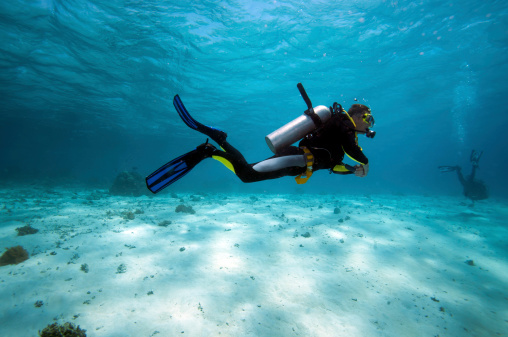Having served as a clerk and a construction foreman, Daniel Ahasic brings over a decade of experience to his position as a firefighter with the Aurora Fire Department in Illinois. In his free time, Daniel Ahasic enjoys ice hockey and scuba diving.
Diving, also known as underwater swimming, is the practice of underwater exploration generally in two forms, scuba diving and freediving, each unique. Freediving is a form of diving that requires no equipment, only a diver's ability to hold their breath underwater. This lack of bulky equipment makes it easier for divers to move more freely but for a limited period. However, Scuba divers have tanks that provide the oxygen they need, thus allowing them to stay underwater much longer.
Since scuba divers can stay much longer underwater, their experience is much more vibrant than their freediving counterparts. The time required for the irises to adapt to the light levels underwater is longer than a freediver can handle, resulting in very different experiences.
Scuba divers can also examine more significant wrecks and underwater architecture, including caverns and canyons. At the same time, they traverse greater distances and go deeper than their counterparts due to the staying power provided by their equipment. On the other hand, freedivers are not burdened by the ascending tactics necessary by scuba divers to avoid decompression sickness. They also need a beginner freediver course and a partner to examine underwater architecture, whereas Scuba divers must complete a specialty program before visiting these sites.




